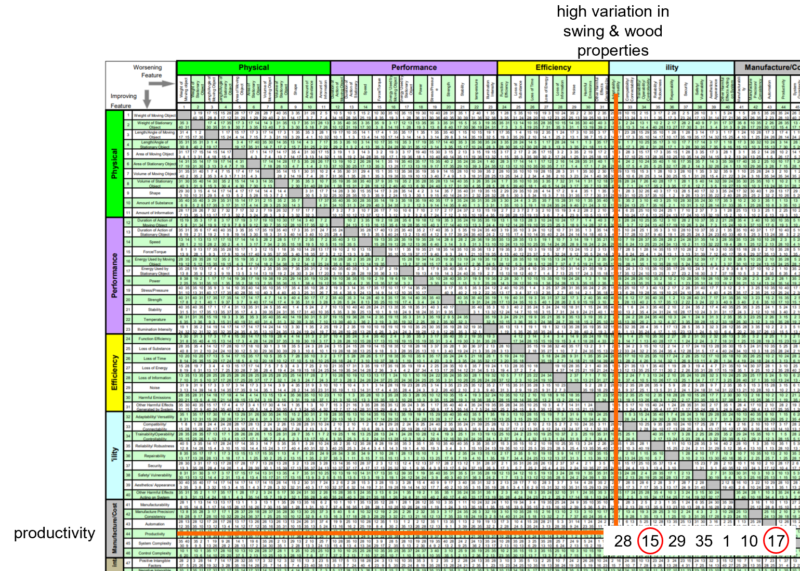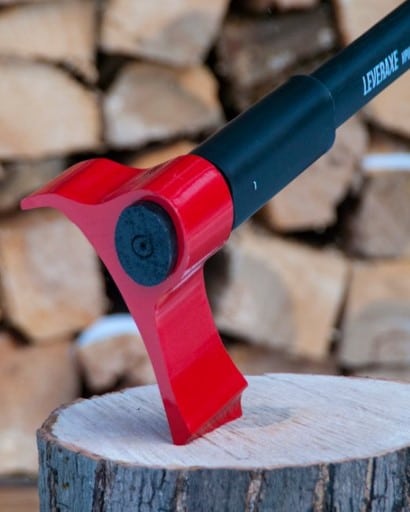
I love chopping wood. There’s nothing like the feeling of accomplishment that comes with a well swung axe. Splitting the log cleanly in a single swing. The problem is that a fair proportion of swings don’t produce the desired effect. Partly because of my inconsistency swinging the axe, and partly because of the innate variability in the log I’m trying to chop. So, sometimes, the shape of the log causes the log to move when it gets hit, sometimes there’s a knot in the wood so the axe doesn’t make it all the way through. Or maybe I’m a bad workman blaming his tools?
Enter inventor, Heikki Kärnä, to help solve the problem. Or maybe Archimedes?
“Give me a place to stand on, and I can move the earth,” Archimedes once said speaking of the power of the lever. A lever amplifies an input force to provide a greater output force, which is said to provide leverage. While he did not invent the lever, Archimedes gave an explanation of the principle involved in his work On the Equilibrium of Planes.
The physics of which finds its way into Kärnä’s 2kg ‘LeverAxe’ through the use of a cunningly shaped metal wedge mounted on a handle allowing all the swing momentum to be transferred to the log upon impact. It works like a lever because of the altered or offset center of gravity. When the blade hits the wood, energy that would have otherwise gone to waste is now put to good use in a turning effect. This makes it easier to split wood since a single strike is enough to open up the target by 8 cm. According to the tool’s inventor Heikki Kärnä, this is one very fast chopper:
“When using a chopping block with a tire setup, you can achieve a burst of strikes at a frequency of 100 strikes a minute. Thus, as an example, using 10 strikes to chop a log would take 6 seconds.”
“Everybody who has tried splitting wood with a traditional axe knows that it takes a lot of power to penetrate and split the wood. Now, you can easily and safely start splitting suitably sized logs from the sides by striking closer to edges. No more need for the futile first heavy strikes just to get the log split in two,” he added.
The Leveraxe offers up a solution to a classic TRIZ contradiction problem: we want to chop wood as quickly and efficiently as possible, and we don’t want to have to worry about all of the variables that will determine the success of each strike of the axe. Here’s what that problem looks like when mapped onto the Contradiction Matrix:

And there in the list of recommended Principles we see the two main rule-shifts incorporated into Kärnä’s design: Principle 17, Another Dimension (the deviation away from the traditional wedge-shaped blade) and Principle 15, Dynamisation (have the head of the axe free to rotate the blade to facilitate the splitting action).

I’d love to be able to report that I am currently the proud owner of a Leveraxe. Alas, at £200 a throw (excuse the pun), I think I’ll wait for the next contradiction to be solved before I dip my hand in my pocket. Or maybe I should stop wasting time chopping logs and solve the contradiction myself. I think I might know a suitable low-cost manufacturer…
(in the meantime, check out a lovely video of the Leveraxe in operation here: https://youtu.be/ABI7go8IKL8)
